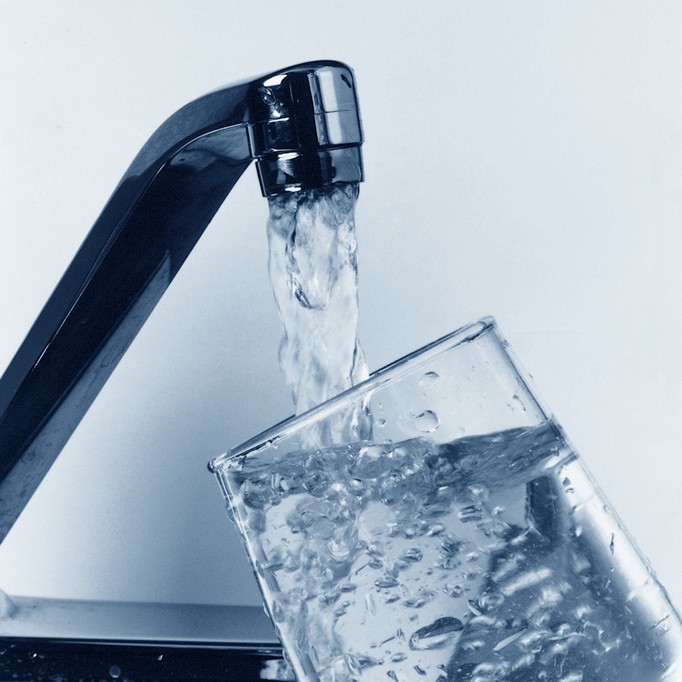The Importance of Modern Day Plumbing Played Out Through History

The Importance of Modern Day Plumbing Played Out Through History
Did you know that back in the mid 19th century, portions of the U.S. had outlawed bathing except by medical directive? Or that, in London, water disposal used to consist of dumping raw sewage and animal waste into open pits called cesspools? These two facts are only the tip of the iceberg to how unsanitary plumbing practices used to be – and how far they’ve come since then.
One very noticeable side effect to the introduction of modern day plumbing is the decline or eradication of certain diseases throughout the years. This is made possible through the creation of concepts such as the sewage system and the water infrastructure in general. Below are five examples of diseases that are no longer so much of a threat to society and what it took to reach this status:
1. Black Plague
With human waste being disposed of in public or anywhere convenient, rats and other vermin started collecting on the streets. These rats were said to spread a disease known as the Black Plaque, which wiped out nearly a third of the European population back in the 1300’s. However, after indoor plumbing was introduced, the swarm of rats disappeared, taking the rest of the worst reported Black Plague epidemic with them and eliminating the threat for another outbreak of this magnitude in the future.
2. Cholera
In the 1800’s, European infant mortality rates nearly tripled. As a disease that easily spreads through contaminated water and food, inhabitants soon found out that cholera was the culprit for this unfortunate statistic. It turns out that utilizing cesspools for waste disposal and obtaining drinking water through town pumps and communal wells was not a good combination. Due to the decay of the cesspool’s wall, the wastewater was seeping into the drinking water, causing the contamination necessary for cholera to produce and spread. Through the use of today’s water infrastructure, the threat of a cholera outbreak is slim to none.
3. Polio
Did you know that the disease, polio, is still prevalent in areas of the world where plumbing and water sanitation are very behind on the times? With 762 cases of polio noted in India in the year 2009, one can’t help but see the correlation between poor sanitation and hygiene to the fact that polio thrives in fecal matter and is easily transmitted through human waste. As the second most populated nation in the world, over 790 million out of the 1.2 billion inhabitants of India lack access to a toilet as of 2015. In addition, 96 million Indians do not have access to clean drinking water. While there has been a push to provide the polio vaccine to the population, this is only a short-term solution. The long-term fix would include the installation of modern day plumbing.
4. Dysentery
Poor sanitation habits were used at the Rwanda refugee camps set up in Zaire in 1994, leading to a dysentery epidemic that, at its peak, was killing 2,000 people a day. This is largely due to heavy rains that flooded the area, mixing human waste with their drinking water. After U.S. and UN officials brought in purified water, outhouses, and latrines for defecation, incidences of dysentery fell.
5. Typhoid Fever
When Chicago’s population grew from 350 to 60,000 back in the 1800’s, their water infrastructure just couldn’t keep up, eventually causing contaminated water. This led to the city’s outbreak of typhoid fever, which didn’t let up until the modernization of their water infrastructure in the early 1900’s.
The importance of modern day plumbing continues to be played out through history, especially through its affect on the outbreak of diseases. In paying attention to these real life examples, it has helped us piece together the fact that, in areas where sanitation practices and hygiene are less than up to par, the outbreak of certain diseases is highly more prevalent. Unfortunately, certain areas of the world still lack the knowledge and resources to partake in modern plumbing practices. But with no water infrastructure to speak of prior to the 20th century, we’ve definitely come a long way since then. So the next time you flush the toilet, wash your hands, or take a shower, know that, just two centuries prior, the process was a lot less sanitary or even nonexistent!

